Educating with Our Brains in Mind
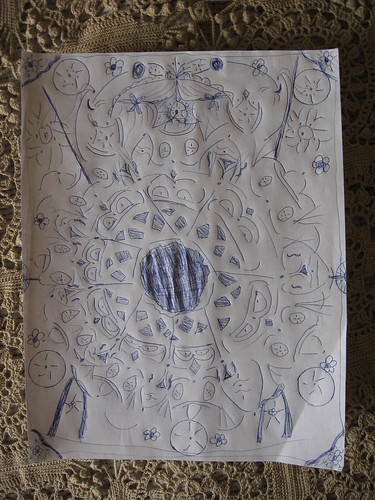
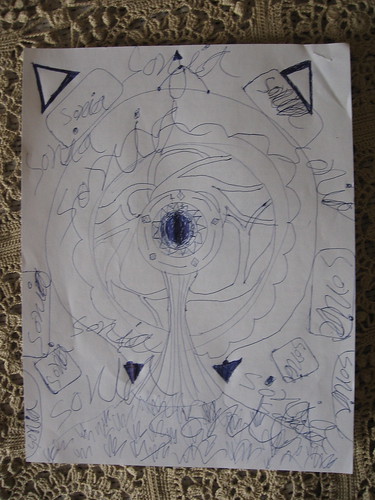


I'm enthralled with the brain— that little piece of grey matter that directs my life and yours. I don't know that I ever thought much about it in the past, but recently I've been reading, and reading, and reading about the brain.
The implications are stunning. Really. If we were to take seriously what we now know about the brain, we might do as John Medina (author of Brain Rules) suggests and totally reorganize how we teach and learn, how we work, how we schedule, how we build, and how we plan our communities. You name it.
For today, I just wanted to say... YES! YES! YES! And I wanted to say this very simply by sharing these drawings from my 9-year-old.
I was a public school teacher. I worked with countless kids and tried to give them the space they needed to cultivate the genius that really was inside each of them. But it was hard to do within the particular systems I worked in.
Now, as a home educator I have the freedom to work with my kids' brains in ways that are helpful to their individual and universal brain needs. So. Exhibit A. My daughter did these drawings while listening to a book on tape (at a loud volume, which she prefers). She sat in a sunny spot on her floor to do it. She interrupted herself countless times to move around the room. She chose her own materials, including many small toys she used as stencils or edges. In short, she created the exact learning environment she needed to produce some very lovely drawings.
I think these drawings are fantastic, but I also think that many other children are capable of fantastic drawings, experiments, written work, building projects, math discoveries— whatever!
Maybe it really is time for us to pay attention to the matter of our little grey matter.
Drawings by Sonia. Photos by L.L. Barkat.
Labels: brain needs, Brain Rules, children's art, eduction, Mozart's Brain and the Fighter Pilot

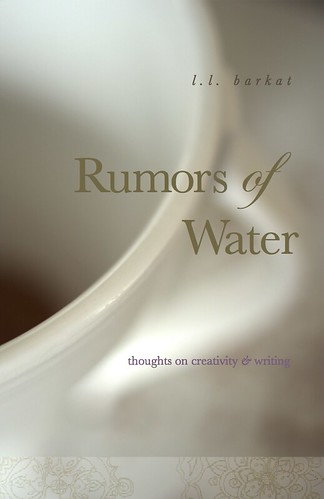
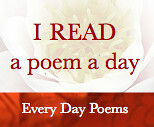


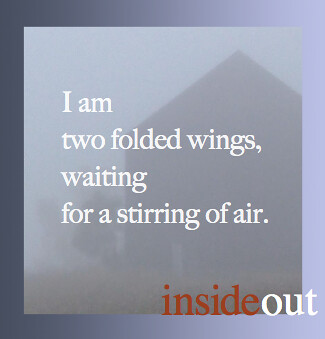




7 Comments:
Could I come "student-teach" under you? Sounds wonderful! I'm having such a hard time making that space for authentic selves in my classroom.
Joelle... part of the problem I had with creating space in the public schools was the expectations. And my own lack of understanding about how real learning occurs. If I were to go back, I'm not sure what I would do, but I know things would look radically different (if I could get away with it).
I'd have a quiet space for the quiet kids. I'd have a social learning table for the social kids. I'd have a lot of extra food in the classroom. Lots of plants. Classical music. Real art. I'd take my kids outside every day for at least 20 minutes. I'd let kids take a nap. I'd let kids stand if they wanted to, for learning times (as long as they didn't impinge on others' space). I'd do a lot of things with our hands. I'd make sure I incorporated fragrance and sound into our days. And with all this "progress" I'd actually spend time in rote memorization but in fun ways like clapping out times tables or jumping them, only later followed by writing them. And speaking of writing, I would not make my kids write. I would teach them spelling, yes, but I would give them ways to role play, which kids naturally do anyway when presented with things like dress up clothes and blocks and so forth, and this would be their writing. I mean, I would do this even for up to the 5th or 6th grade. I would be a very different teacher indeed.
Would i have loved to be a kid in your classroom! Sounds wonderful and so ideal!
L.L., sounds very Montessori, something I'm quite drawn to. So natural and free and authentic. Going to try secondary Engl after this year. If that doesn't fit either, maybe will get Montessori cert.
How much of our childrens' natural genius is squelched by the yoke of "education" our society places on them? I shudder to think of it.
Sonia is very symmetrical in her design approach. :)
Joelle... I loved secondary English, except that I couldn't stand the paper grading. Just about did me in. :)
Erin... yes, that's what I thought too. The symmetry I mean. Kind of cool. Your comment raises the question... what is education, after all?
The designs remind me of Jungian mandalas. Really beautiful stuff there.
Your interest in the brain makes me think of a book you might be interested in. The Secret Teachings of Plants by Steven Harold Buhner. He's kind of "new-agey", and the book itself deals with how to communicate with plants. An interesting topic to me, but one that is open for a *lot* of discussion. Either way, the first half of the book deals with the science behind "heart" perception. It goes into the scientific evidence that the heart produces as many neurotransmitters as the brain. It also says that the heart and brain are in constant communication. In fact, it give some evidence that the brain is often controlled by the heart perception. VERY provocative stuff when you consider it in conjunction with the Biblical references to the importance of the heart of a person.
Post a Comment
<< Home